For those who love gardening, nothing beats a few hours meandering the aisles of your favorite garden center. Down every row and around every corner, you discover beautiful blooms and lush greenery easily visualized in your own garden.
But those inspiring visits can quickly put a dent in your wallet. Buying bigger plants can be expensive. It can also turn your passion for gardening into a costly hobby. Knowing how to cultivate new plants from existing plants is a handy skill for any recreational gardener.
Propagation, the technical term for growing new plants from existing ones, can be done in many ways. Most home gardeners use the three simplest methods – seeds, cuttings, and division. Whether you rely on the plants you already have or barter with fellow gardeners to trade seeds and plants, these strategies offer great ways to fill your garden for less.
Growing Plants from Seeds
A one-time purchase of a plant that naturally provides seeds can be a worthwhile investment. Many popular flowering plants bloom all summer long, then gift you with seeds to start the next generation.Some plants, like foxglove and columbine are self-seeding, meaning you don’t have to do any of the work. They bloom, then drop their seeds to grow the following season. All you do is sit back and enjoy beautiful flowers year after year. It doesn’t get easier than this.
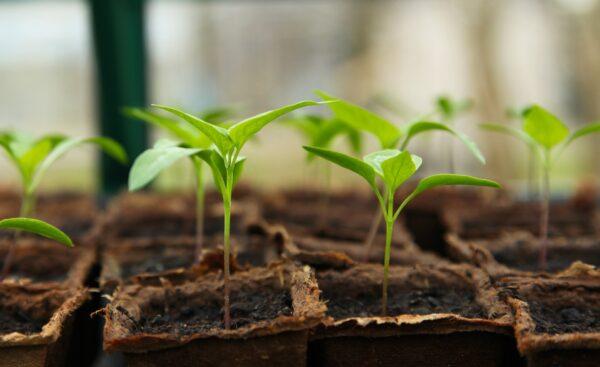
Others, like petunias and purple coneflowers, bloom throughout the season and then offer up seeds for you to collect from the spent flowers. You can replant those seeds directly into the ground the following spring after the last frost. You can also get a jump start by starting the seeds indoors six to eight weeks before the last expected frost, then transplanting them in late spring.
Growing Plants from Cuttings
One of the easiest and fastest ways to multiply your existing plants is through cuttings. In fact, starting a new plant with a cutting from an existing plant can give you a full-sized plant in half the time it takes to grow one from seed. This is a great option for the impatient gardener.How you root a healthy cutting depends on the type of plant. Cuttings from soft-stemmed plants like spider plants and inch plants quickly sprout tender roots when placed in water. Once these roots form, you can transplant them to pots, planters, or directly into prepared ground soil.
Plants and shrubs with woodier growth, like butterfly bush and rosemary, are more successful when you treat the fresh cut with rooting hormone and place the stem directly into a prepared potting mix. You can purchase rooting hormone at your local garden center or make your own. Cinnamon, honey, or apple cider vinegar each make a great rooting hormone, and you likely have at least one of these items already in your kitchen.
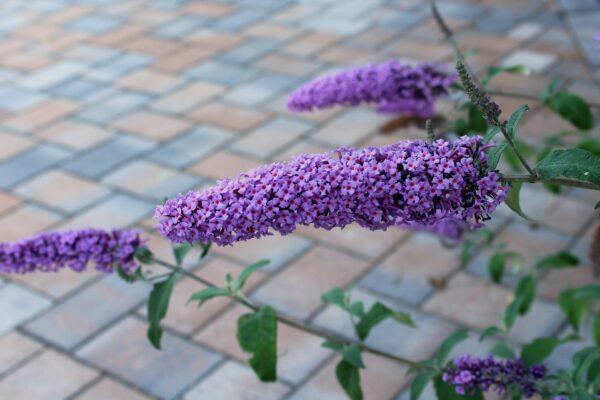
When you take the cutting can also make a difference in your success. For soft-stemmed plants, you can root new cuttings anytime. However, woodier species generally have optimal times in their growth cycle to propagate cuttings. It may take some trial and error to determine the best time to cultivate new plants from cuttings, but it is a good way to experiment and learn.
Growing Plants through Division
For the gardener who wants to see nearly instant results, nothing beats division to fill in empty garden space. It can also be an extremely beneficial way to enhance the health and performance of your existing plants, since removing some of the root system means less competition for nutrients and water.
Division is a method most often used with perennials and is best accomplished either early or late in the growing season. You can also divide newly purchased plants before putting them in the ground, giving you more plant bang for your buck. The key to successful division is working with plants that form clumping roots. Hostas, ornamental grasses, and bamboo are just a few of the plants that can be successfully propagated via division.
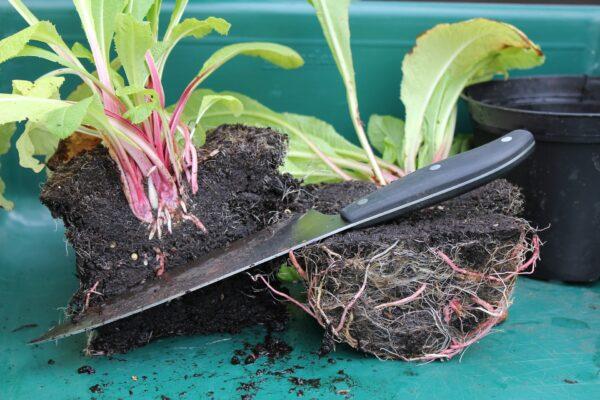
The process of division is straightforward. For a potted plant, remove it from the pot and split the root clump into separate pieces using a sharp knife or garden scissors. For in-ground plants, use a sharp spade to cut around half the base, then down the middle of the mound to loosen and divide the roots. Remove the loosened half and replant it in the desired location.
Many novice gardeners fear the division method, because they think they will damage the roots and kill the plant. Actually, the opposite is true. Division stimulates new root growth and robust plant performance for each of the newly separated plants. Plus, this tried-and-true propagation method costs you nothing but a little time and effort to fill in your garden with more of your favorite plants.

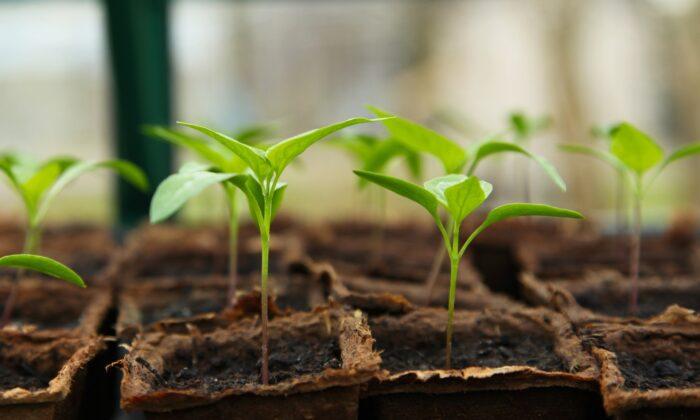


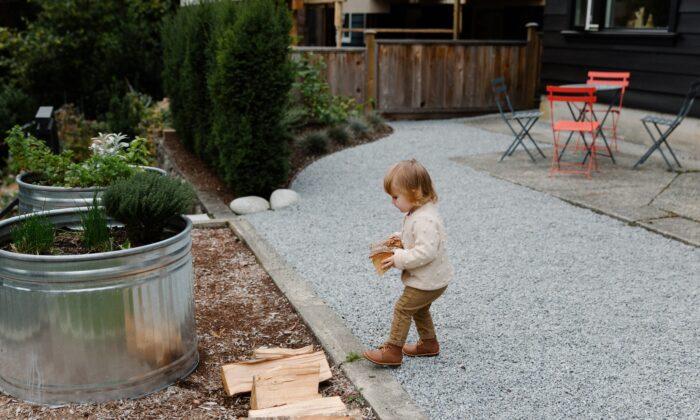
Friends Read Free